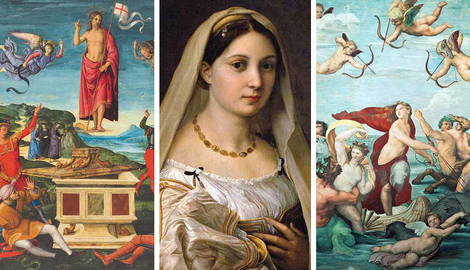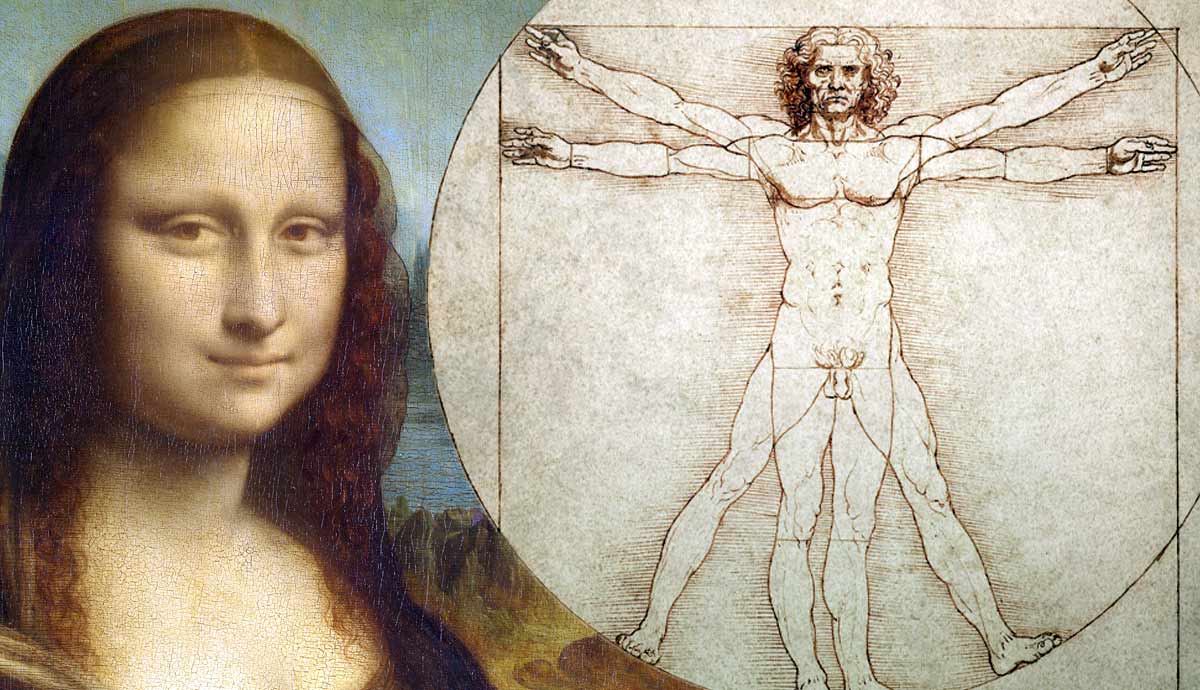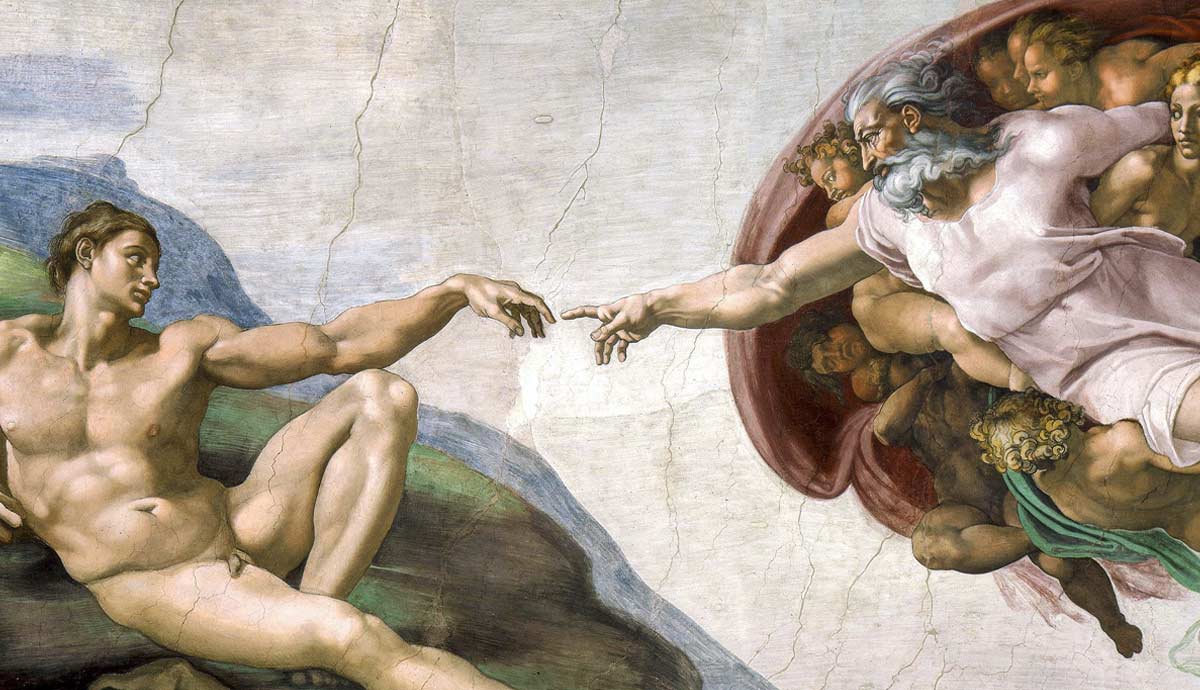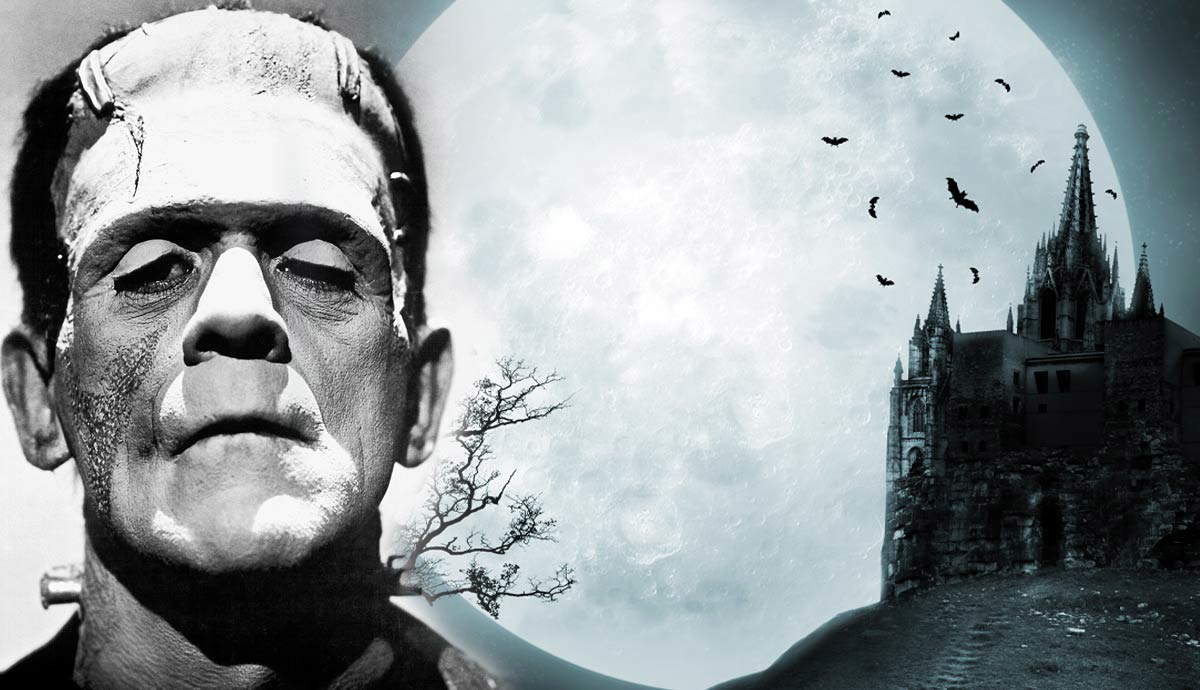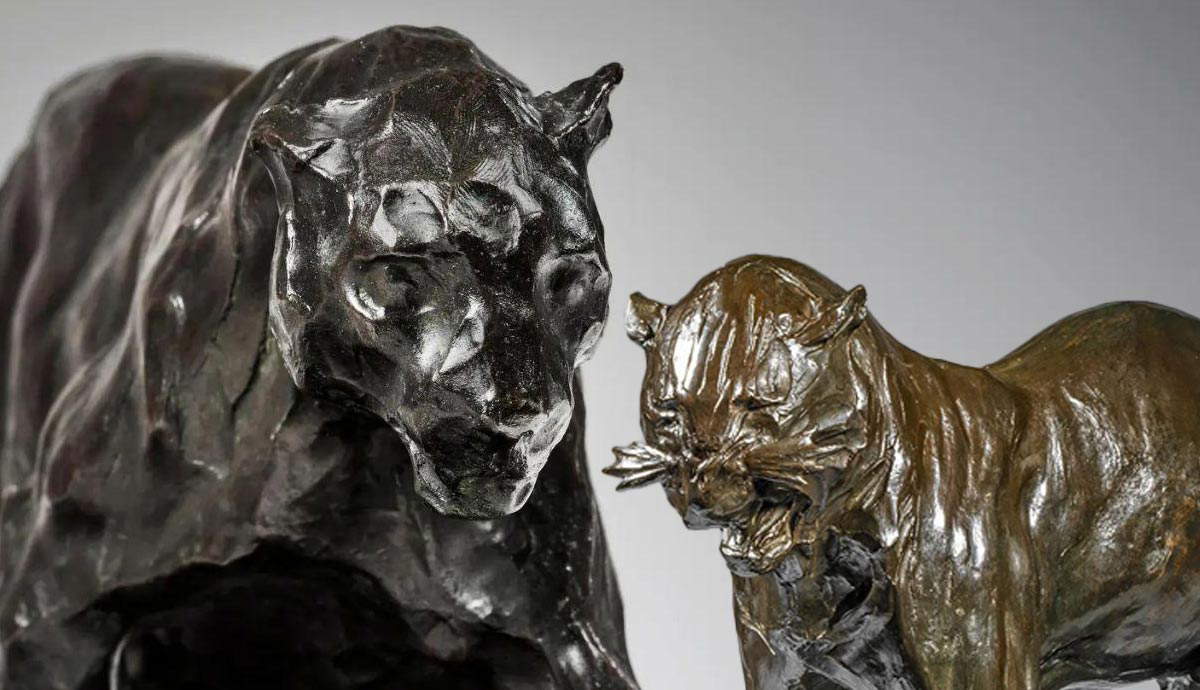
One of the most celebrated artists of the Italian Renaissance era, Raphael was famous for his gentle and expressive lines and his rich color palette. He was tasked with painting the interior of the Vatican Palace, creating a series of world-famous frescoes. His unique approach to painting set the standard for many artists of the upcoming centuries, culminating in the emergence of the Pre-Raphaelite Brotherhood in Victorian England. Read on to learn more about the most famous works by Raphael, the icon of Renaissance painting.
1. Raphael’s Self-Portrait

One of the most famous works by Raphael is a small work on wood depicting the painter as a young man wearing a simple black outfit. This self-portrait was created during Raphael’s early years of his artistic career. Some experts, comparing the work to other paintings of the same period, believe that this work was left unfinished for an unknown reason.
2. Resurrection of Christ

Raffaello Sanzio da Urbino was born in 1483 in Urbino (hence the last name), and was the son of a local court painter. He lost his father on the brink of his teenage years, and most likely took over the family workshop. His most famous and remarkable period of work started in 1508 after he moved to Rome. He had a short life of just 37 years, yet left an astonishing amount of painted works. His refined and multicolored painting inspired an entire movement of Pre-Raphaelites, a 19th-century English collective of artists and poets. The Resurrection of Christ is the earliest known painting by Raphael, executed in his late teens. Although the lines were not perfect in this work, it already demonstrated Raphael’s penchant for complex composition.
3. The Raphael Rooms in the Vatican

Undoubtedly, the greatest and most famous masterpiece by Raphael was the so-called Raphael Rooms in the Vatican Palace: four rooms entirely covered with frescoes by Raphael and his assistants. The project was launched by Pope Julius II and served his goal of illustrating the grandeur and might of the Catholic church. During the dictatorship of Napoleon Bonaparte, he planned to remove the frescoes with layers of plaster walls beneath them in order to move them to the Louvre. Fortunately, the task was too complex and could have led to the destruction of the painterly layer.
At the time when Pope Julius II commissioned the work, Raphael was a young and relatively unknown painter. Still, Julius II was convinced by the painter’s skill and taste. At the time, Raphael had only recently moved to Rome, which would become his home for the rest of his life. Of four rooms, the most famous one is known as Stanza della Segnatura, or the Signature Room, used for gatherings and meetings. The frescoes in it are related to the four disciplines necessary to enrich the human mind and spirit: theology, philosophy, jurisprudence, and poetry.
The most famous fresco from the Stanza della Segnatura is The School of Athens, the visual representation of philosophy. Although today the composition may seem complex and overflown with unrecognizable figures, an educated man during Raphael’s lifetime could easily recognize almost all of them. Many of the figures present were either Raphael’s contemporaries or historical figures. The list included Socrates, Aristotle, Heraclitus, most likely made to look similar to Michelangelo, and Plato, looking suspiciously like Leonardo da Vinci. Famous Greek mathematician Ptolemy had Raphael’s own features.
4. The Expulsion of Heliodorus from the Temple in Jerusalem

Another remarkable room is Stanza di Eliodoro (Room of Heliodorus), the room with frescoes dedicated to the dramatic interferences of God and His power in earthly events. Instead of painting grandiose yet still compositions similar to those in Stanza della Segnatura, he created dynamic and expressive images from the Old Testament. The name refers to the story of the Expulsion of Heliodorus. Heliodorus was the Syrian chancellor sent to tax the Jerusalem Temple. As he ordered his people to seize the money intended for orphans and widows, a horseman with golden armor appeared and struck Heliodorus, chasing him away from the Temple.
5. The Triumph of Galatea

Another famous fresco painting by Raphael was made for the interior of Villa Farnesina, the Roman residence of a Sienese banker. Allegedly, Raphael met his longtime partner and muse Margherita Luti while working on the fresco. Luti was bringing fresh bread to the villa every day, and allegedly distracted Raphael so much that the commissioner wanted to send her away.
The image of the nymph Galatea in art represented the power of love. According to the Greek myth, Galatea fell in love with a shepherd, who was then killed by a jealous giant, Polyphemus, who was desperately in love with the nymph. Heartbroken, she transformed her lover’s body into a river.
6. Donna Velata

Donna Velata, or the Veiled Woman, is a famous portrait of a beautiful woman dressed in lavish clothes painted in great detail. An admirer of all things beautiful, Raphael was known for paying close attention to the clothes and the jewelry on his models. Most art historians agree that in this case, the model was Margherita Luti, Raphael’s longtime partner. Possibly, she was also an inspiration to the famous Sistine Madonna.
7. La Fornarina

Another iconic painting by Raphael, La Fornarina, featured the same woman, painted in a more intimate setting. Raphael painted her half-nude clearly in an atmosphere comfortable to her, with a gold bracelet on her forearm, bearing his initials. Margherita was nicknamed La Fornarina because her father was a baker, or fornaio in Italian. Raphael and Margherita had a long relationship, and although the painter allegedly wanted to marry her, she refused for an unclear reason. It is supposed that Raphael’s patron, Pope Leo X, disliked Margherita, seeing her as a sinful distraction harming the great painter’s career, and even attempted to physically get rid of her. Although there was no concrete proof of any of these stories, it is believed that La Fornarina either voluntarily joined a Catholic convent as a nun or was locked up there by force after Raphael’s death.
8. The Sistine Madonna

Raphael was famous for using an immensely extensive color palette, integrating nearly all pigments available on the market at the time. Partially, it was due to his popularity with art patrons, who were willing to pay more to supply the famous painter with the best materials.
The Sistine Madonna is a well-known masterpiece that was celebrated as an extraordinary painting with a difficult history. Although originally painted for a church in Piacenza, Italy, it was moved to Dresden in the 18th century. During the final stage of World War II, it was moved to the USSR and displayed in Moscow. In 1955, the Soviet authorities returned it along with other works from the Dresden Gallery.
The Sistine Madonna is radically different from the rest of Raphael’s oeuvre due to the fact that it was painted on canvas. At the time, canvas had already become a popular medium for artists, but Raphael famously preferred to paint on wood. Some experts suggest that the reason for it was not only the painting’s size, but also its possible function. The canvas could be carried during religious processions and taken outdoors if necessary.
9. Young Woman with a Unicorn

One of the most famous works painted by Raphael is known under the title of Young Woman with a Unicorn, but in reality, history got both the age and the animal species wrong. Initially, the woman looked significantly older and did not hold any kind of animal or object in her hands. Later, an unknown artist added a small dog as a symbol of fidelity. Another painter changed the woman’s facial features and repainted a dog into a unicorn, a well-known symbol of purity. At some point in the 17th century, another round of overpainting turned the woman into Saint Catherine, a patron saint of scholars and lawyers.
Many researchers agree that the composition, especially the position of the figure’s hands, was inspired by another ultrafamous Renaissance work, the Mona Lisa by Leonardo da Vinci. Most experts agree that Young Woman with a Unicorn was one of the first portraits of a woman painted by Raphael, and possibly his first work depicting an actual living human and not a Biblical or mythological character.
10. Transfiguration

Transfiguration is one of Raphael’s last paintings that was supposed to be a part of St. Peter’s Basilica in the Vatican. However, in 1520, he suddenly died at the age of just 37, before the painting was installed in the Basilica. In the following years, the design plan invented by Raphael was almost completely discarded in favor of that of Michelangelo. Transfiguration was found near the dead artist’s bed and is considered his final masterpiece.
11. Madonna of the Goldfinch: Raphael’s Impression of Leonardo

Another masterpiece by Raphael features the Virgin Mary, this time with a seemingly unlikely companion. A goldfinch, a small bird with black and yellow wings and a red ring around its nose, had a multi-layered meaning in European iconography. For one, such birds were believed to be devoted to their lifetime partners so much that if one bird died, another would commit suicide by throwing itself over a thorny bush. Although this behavior was never proven as a biological fact, it nonetheless made the goldfinch a symbol of devoted love.
Moreover, in an apocryphal Biblical story, a goldfinch allegedly followed Jesus on his way to his execution, and removed the thorns from his crown and forever stained his nose with the Savior’s blood. The triangular composition of the work suggests that Raphael was yet again influenced by the work of Leonardo da Vinci and his paintings of the Virgin and Saint Anne. The second child in the painting represents John the Baptist.
